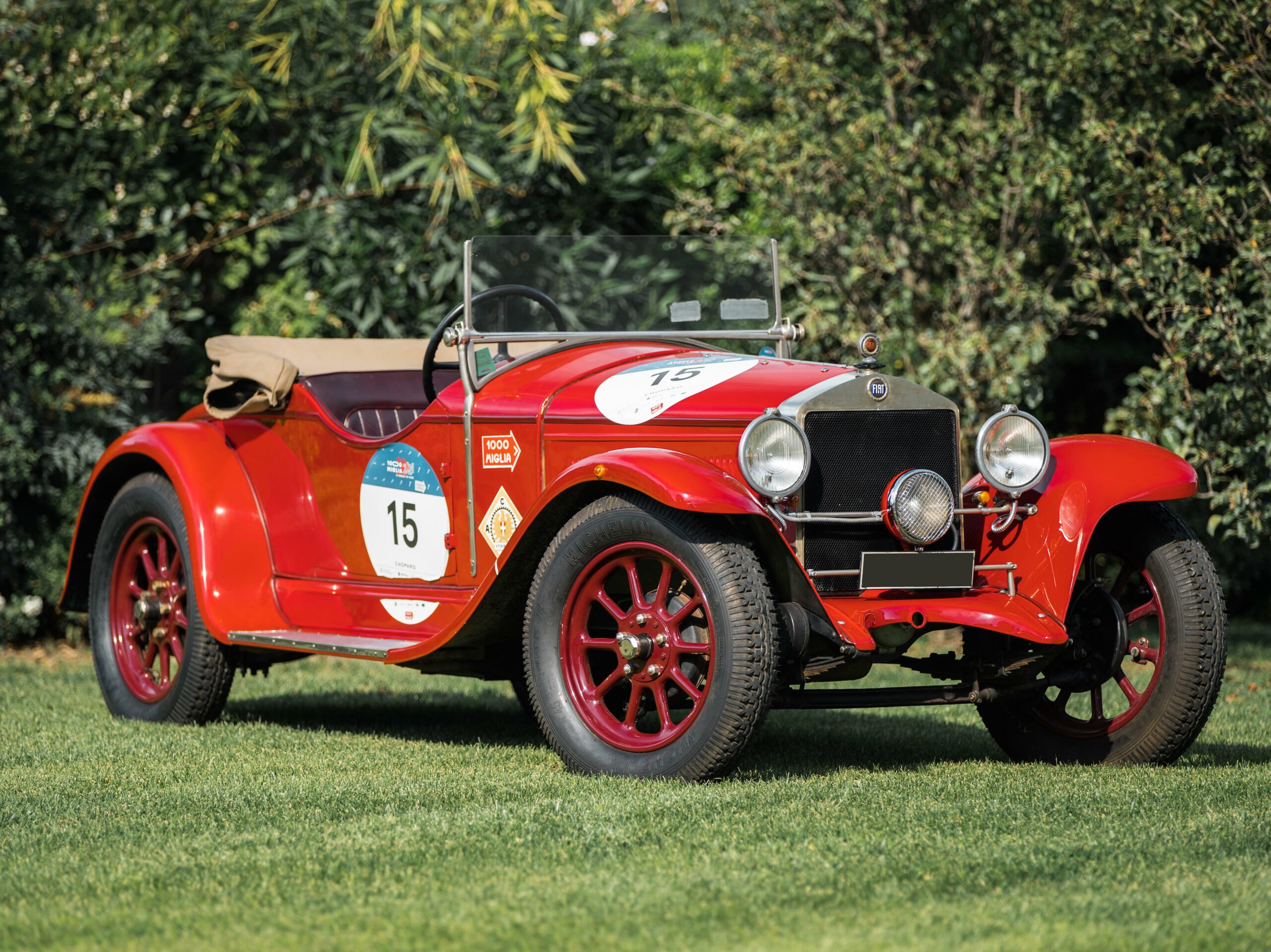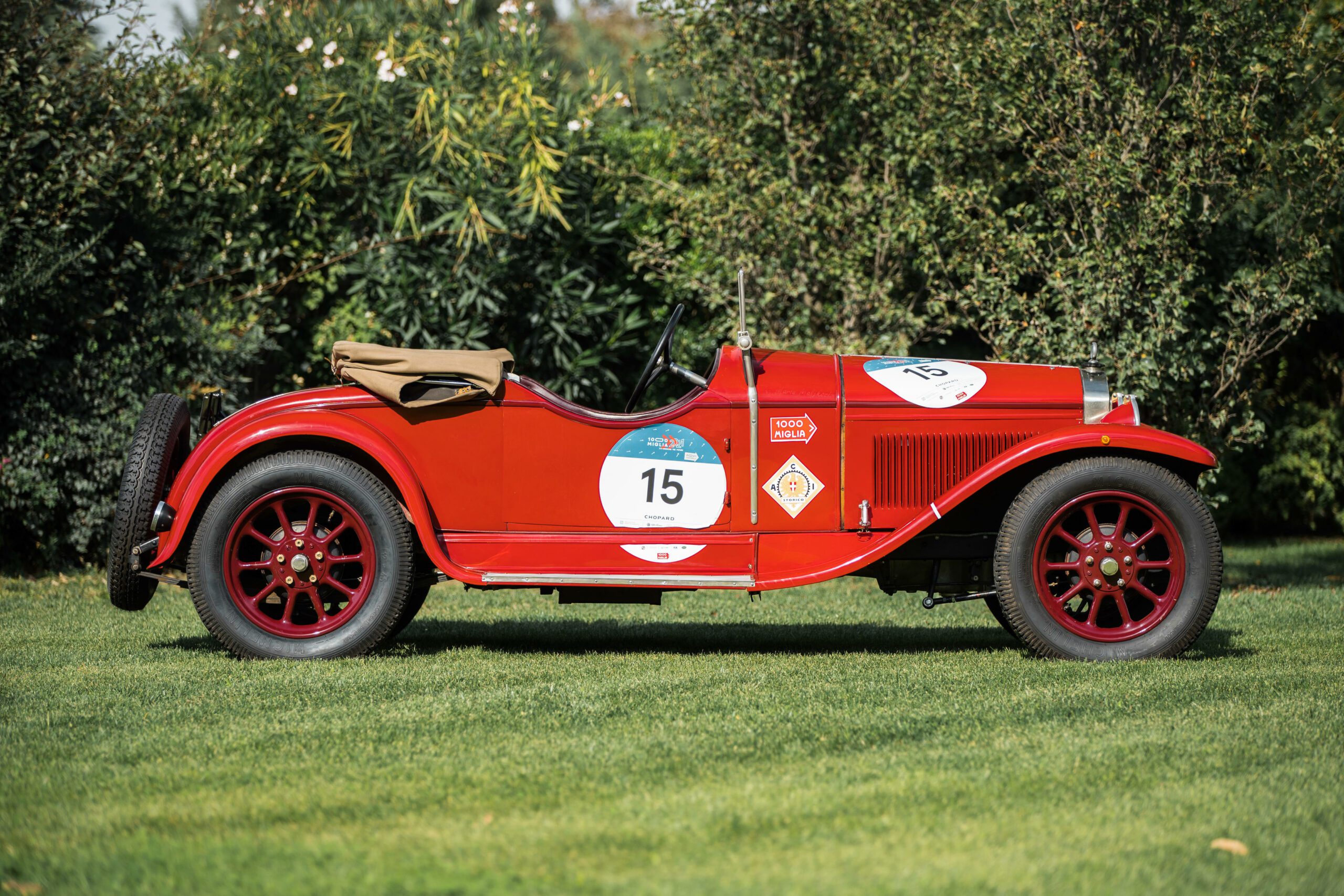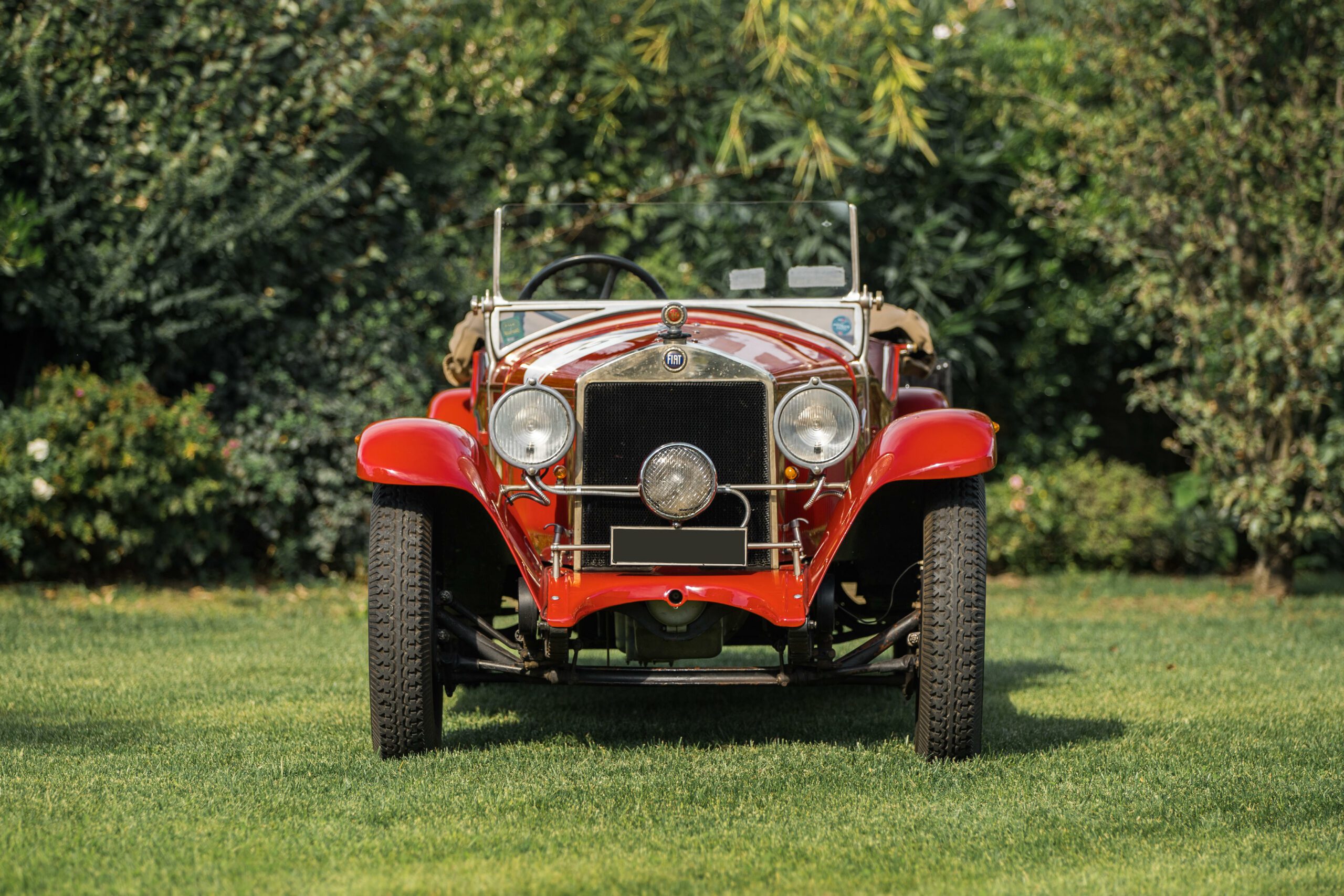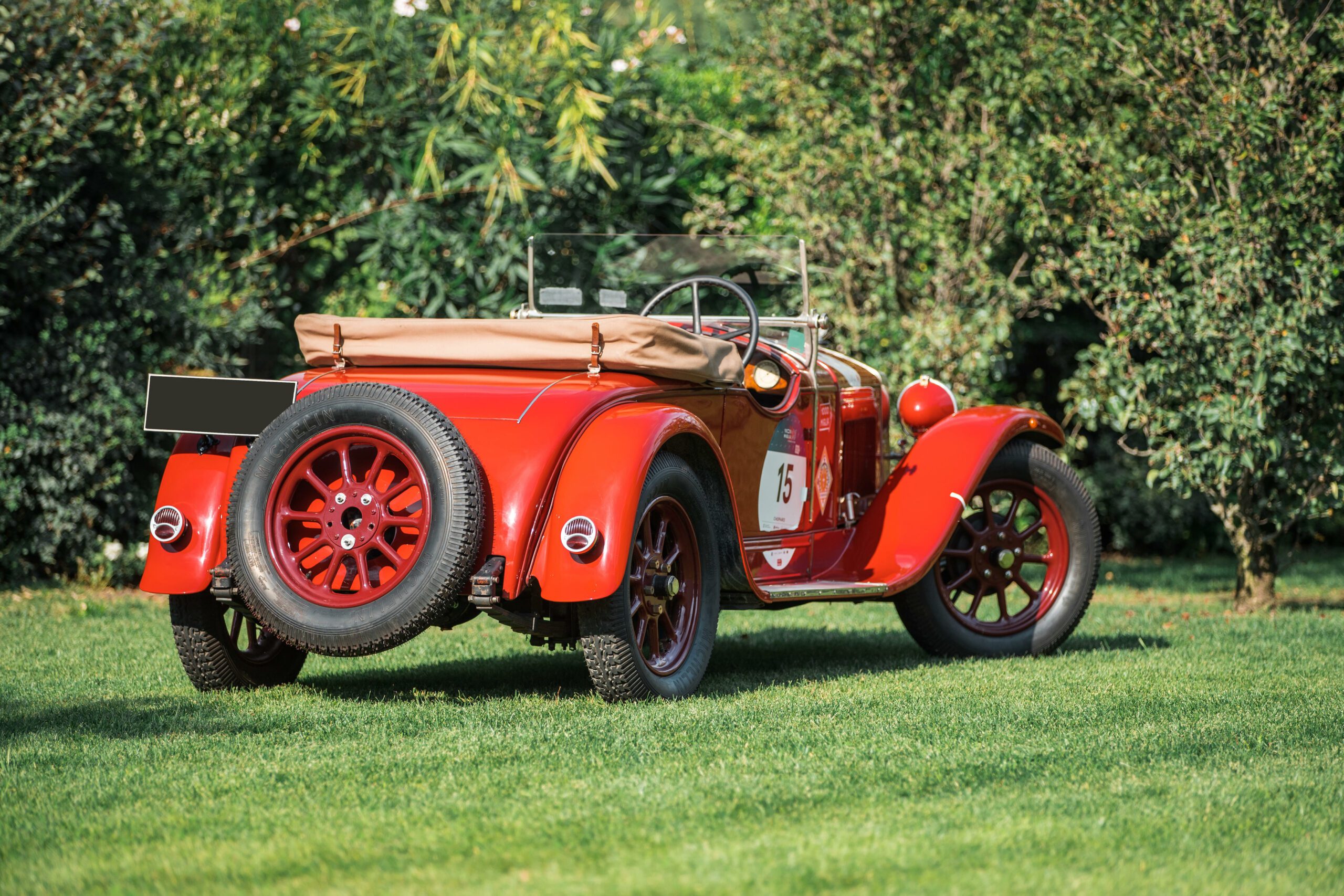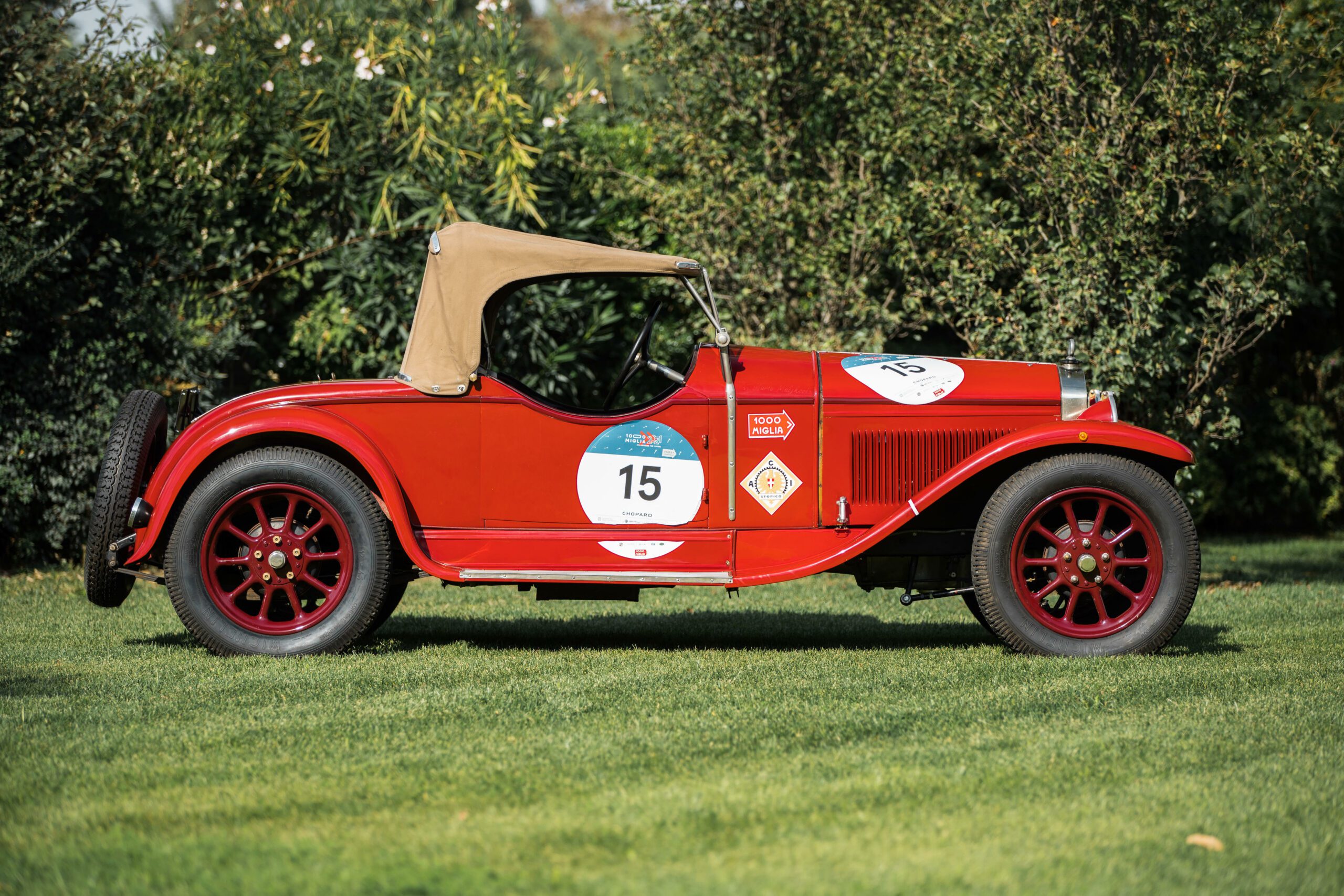Unveiled at the Paris Salon in October 1924, the FIAT 509 marked the automaker’s smallest-ever offering at the time. Contrary to its designation, it wasn’t as diminutive as some competitors but stood out due to its impressive features. Serving as a scaled-down counterpart to its larger siblings, the 509 boasted advanced specifications uncommon in typical ‘economy class’ cars of its era.
Equipped with a 990cc four-cylinder overhead-camshaft engine generating 20bhp, a four-speed gearbox, 12-volt electrics, and four-wheel brakes, the 509 was ahead of its time. Its robust chassis incorporated semi-elliptic springing and torque tube transmission to the live rear axle. Notably, these features were not standard in smaller cars during that period.
Recognizing the significance of expanding car ownership, FIAT introduced an in-house hire purchase facility, contributing to the 509 becoming Italy’s best-selling car within a year of its launch. A road test by The Autocar in 1925 praised the 509 for its “silent, vibrationless engine,” ample power, user-friendly design, and sturdy performance at speed.
In 1925, FIAT extended the 509 line with high-performance versions, namely the 509 S and 509 SM (Spinto Monza). These were followed by the supercharged 509 SC in 1926, designed for competition with distinctive two-seater boat-tailed bodywork. The 509 S, boasting a maximum power output of 27bhp, achieved a top speed of 92km/h (57mph).
This model, foreshadowing the revolutionary 500 Topolino of the 1930s, garnered immense success despite not being the most economical option in its class. By the time production ceased in 1929, FIAT had sold an impressive 90,000 units of the 509.
Source: Bonhams Cars





